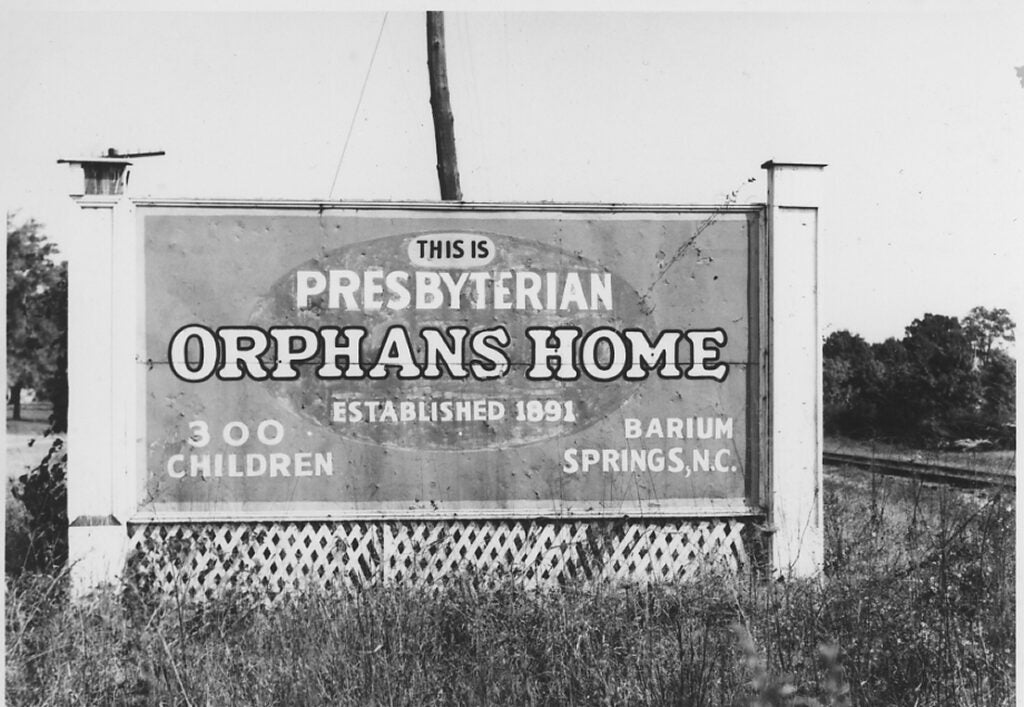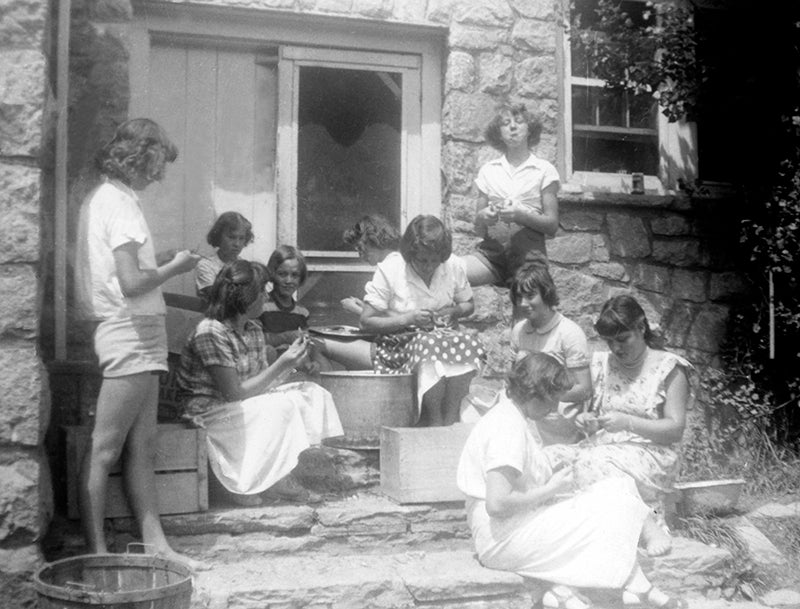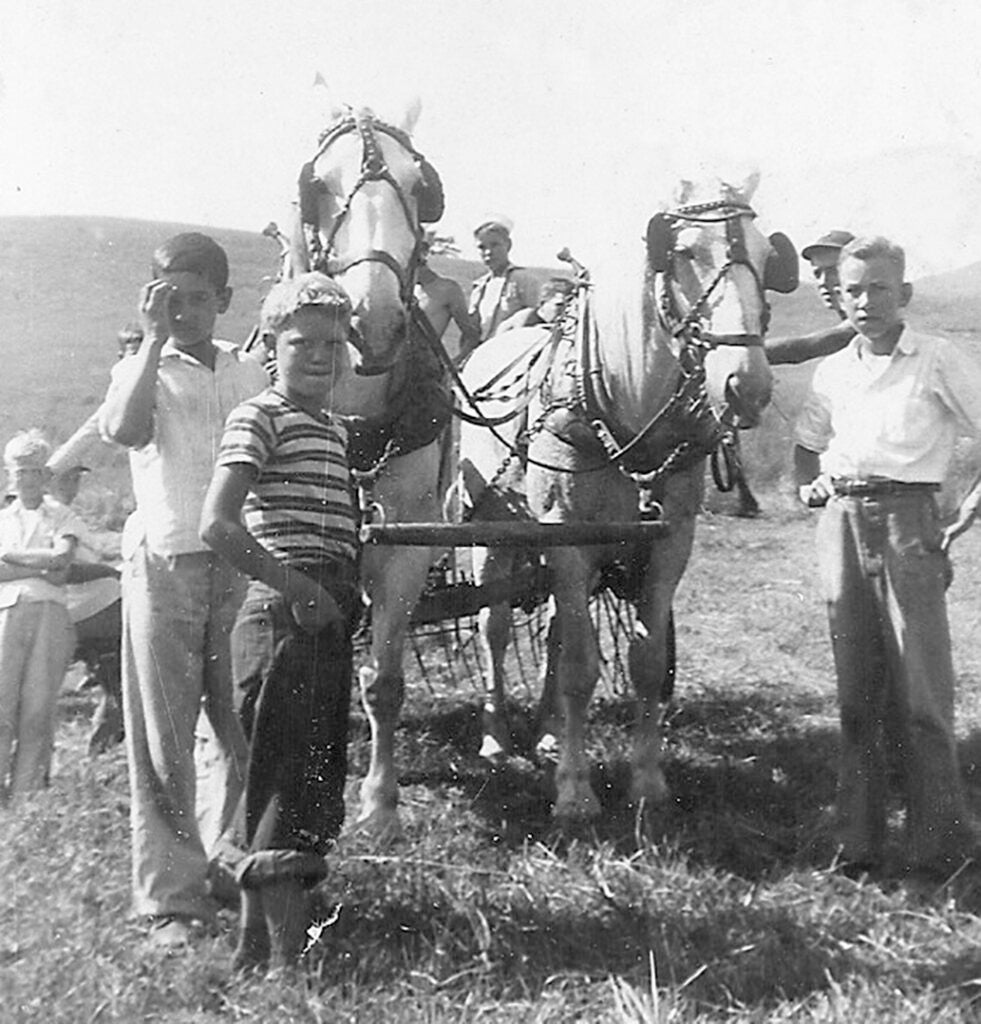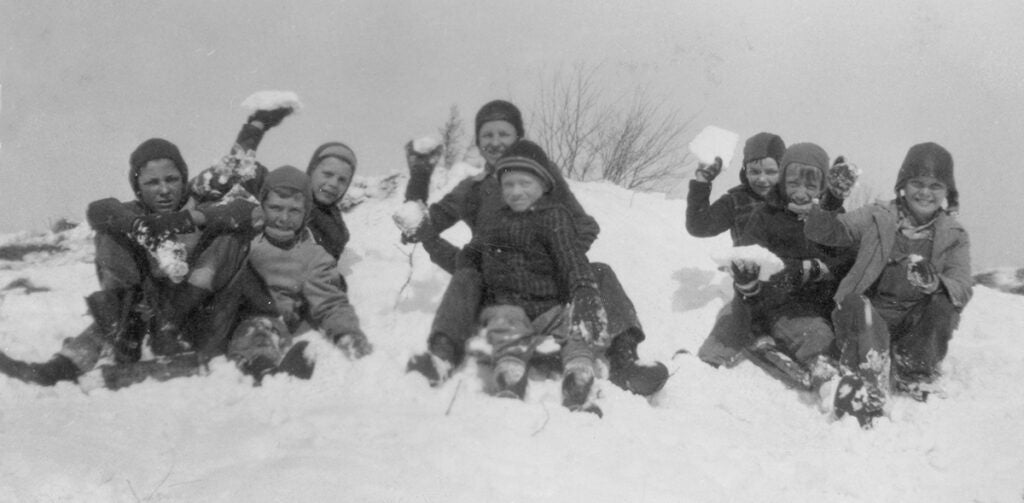Our History
Children’s Hope Alliance has hundreds of years of experience helping children and families in need–dating back to the late 1800s. In April of 2014, Barium Springs Home for Children and Grandfather Home for Children came together in an effort to have a greater impact in helping children and families across North Carolina. These sister organizations were both founded by the Presbyterian Synod. The name chosen for the newly formed, merged organization was Children’s Hope Alliance: an alliance forged by our deeply rooted mission to provide hope and healing for hurting children and families.

The future of Children’s Hope Alliance is bright, as our stability lies in a deeply-rooted mission and a willingness to attend to the special needs of each generation. Click on the links below to learn more about each of these historic organizations that came together to build the Children’s Hope Alliance:
Barium Springs Home for Children
In 1883, two Presbyterian women in Charlotte, North Carolina founded the Presbyterian Orphans Home, now called Barium Springs. As needs grew and space did not, the Presbyterian Synod purchased acreage for the Home in Barium Springs, N.C. The land they purchased was the site of the legendary, healing “Barium Springs.” After the purchase of the land, Presbyterian Children’s Home moved to Barium Springs and later became Barium Springs Home for Children.
Barium Springs Home for Children functioned primarily as an orphanage until the mid-1900s. Children coming to these homes were mostly orphans who would stay for long periods of time. Many came as infants and stayed until graduation from high school or college. Barium Springs was a self-sustaining farm where the children learned trade skills and assisted with daily chores.
In the 1950s, the need for an orphanage decreased, partially due to peacetime and advances in medical technology. Instead, children needing care had one or both parents still living; but suffered from abuse and neglect. Not only did these children need a place of refuge but they also required treatment and therapy. Services expanded after the 1970s to focus mainly on the needs of children who were classified as “troubled” or abused. Between the 1970s and early 2000s Barium Springs experienced an expansion of services to better meet the needs of children at the time. These expansions included foster care and adoption services, educational services, and therapeutic services for children who had suffered complex trauma.
Today, the Barium Springs campus is the location of Children’s Hope Alliance headquarters and main administration staff.



Grandfather Home for Children
In 1914 a small town high up in the mountains of North Carolina, a Presbyterian minister arrived by the name of Edgar Tufts. Along with his wife Bessie, they began assessing the needs of the local community. Immediately, Tufts established Banner Elk Presbyterian Church and established Lees-Mcrae Institute (LMI) to educate the mountain village. Next, he saw a need for a place of refuge and safety for the orphaned children who had lost parents to the harsh lifestyle of mountain living.
Using land purchased for LMI, Tufts turned a Maple Orchard and one small farmhouse into a Children’s Home. A prayer was sent out for two parents to come and serve in the home, and John and Mettie Holcomb answered this prayer. By the end of their first year, Grandfather Home for Orphans had 26 kids and was quickly expanding.
The High Country Community pulled together time after time to provide financially and physically to expand and provide shelter to those in need. During the 1930s, most children had lost at least one parent and lived at the home until they were adults. All received life skills, education, and love rooted in a strong Presbyterian upbringing. The children attended church every Sunday and gathered in the main halls for meals, being loved by all of the many Superintendents who came after Rev. Edgar Tufts passed away.
As time and our country evolved, the children at the home were no longer just orphaned or abandoned. Grandfather Home began to serve those who had been abused or neglected and removed from their homes for their safety. Orphans began to be adopted, and North Carolina started to invest in a Foster Care system bringing hope to kids for their own forever home. The mission of Grandfather Home for Children never changed despite the kinds of children being served – learning life skills, being loved, and healing from trauma.
During the 2020 Covid pandemic, Children’s Hope Alliance group homes closed including those on the Grandfather Home campus. While CHA operated residential homes on the Grandfather Home campus for more than 100 years, the organization recently shifted its service model from a physical home for children to serving children in their homes-whether biological, kinship, or foster homes. Since the campus was no longer used, the Grandfather Home property was sold to nearby Lees McRae College with the promise to host a Grandfather Home for Children museum.
Today, the stone buildings of the 1930s and 1940s still stand. Alumni, or children who grew up at Grandfather Home, still visit yearly and maintain contact. These amazing individuals continually tell the stories of love and memories at Grandfather Home.




